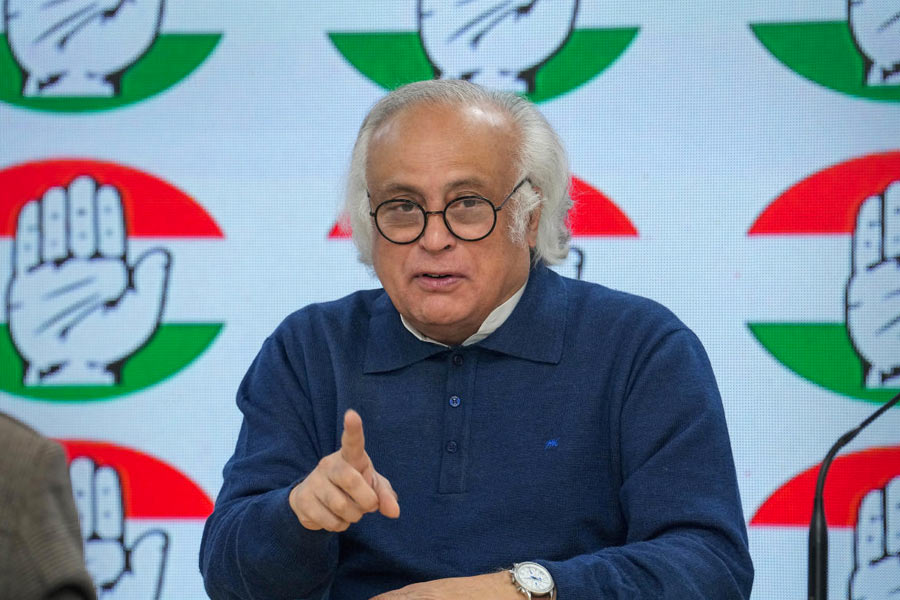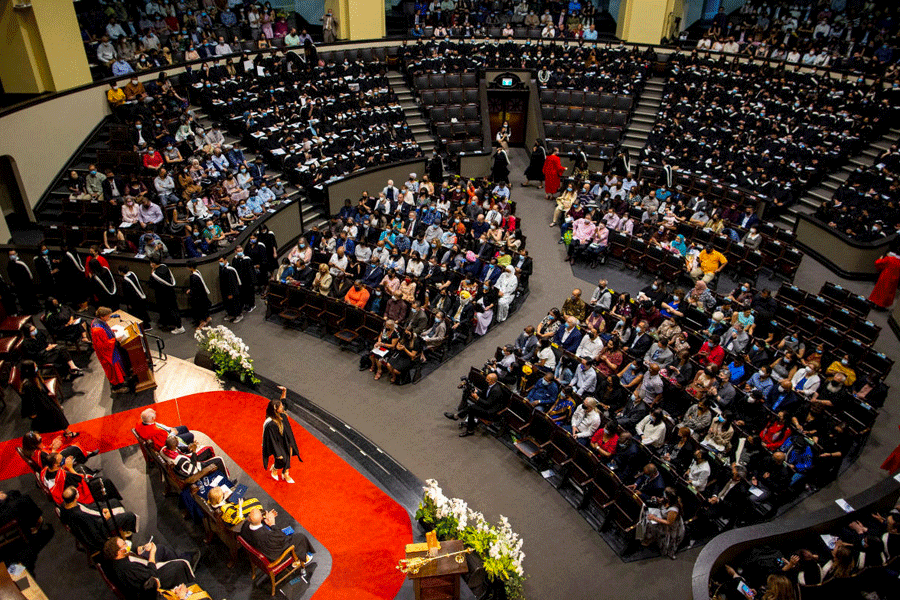 |
 |
 |
| (From top) Tabu, who should be doing Luck By Chance; Kagaz Ke Phool; and Tara Sharma in Page 3 |
It was widely believed that films about film folks had no market. ?Who wants to see film people without their makeup, and with warts and all,? a filmmaker in the 80s had baulked at the very idea of making a film about the workings of the film industry.
Back in 1959 Guru Dutt had dared to venture into taboo territory. His semi-autobiographical film, Kagaz Ke Phool, was about a sensitive director Suresh Sinha (Guru Dutt) who falls in love with his protegee Shanti (Waheeda Rehman) and finally loses her and his career to the fickleness of filmdom. Now 44 years later Madhur Bhandarkar has done his own titillating, tormenting, tempestuous and provocative take on the Hindi film industry. Outwardly, Page 3 moves as far away from Guru Dutt?s dirge-like drama of disenchantment as possible.
But look closely. This is the same territory of heaving, groaning, lurching heartbreaks that Kaifi Azmi described for Guru Dutt. Dekhi zamaanen ki yaari,/Bichhde sabhi baari baari, sang Mohd Rafi in Kagaz Ke Phool. Now Lata Mangeshkar (providing the one vital link between nostalgia and contemporariness that serves cinema with its purpose of renewable creativity) sings for Page 3: Kitne ajeeb rishtey hain yahaan par/Do pal milte hain saath saath chalte hain/Jab mod aaye to bach ke nikalte hain?. Yup, Bollywood has come of page?.er, age.
From Guru Dutt to Madhur Bhandarkar is a long journey and one that the masters of yesterday?s cinema would find hard to undertake. In Page 3, the lyricism of Kagaz Ke Phool is peeled away. Instead we see only the emptiness and hypocrisy of the beautiful people.
The characters in Bhandarkar?s film are immediately and easily recognisable. The wide-eyed wannabe from Delhi (Tara Sharma) who soon discovers stardom comes with a horny price tag when a ?respectable? producer asks his assistant, ?Degi kya??(Will she oblige?)?Or, the seemingly sober handsome he-man hero (Bikram Saluja) who lectures the media on AIDS awareness and then quietly tells his actress girlfriend to abort their baby?It?s all so real, you can touch these people with your bare hands.
The shock of watching Bollywood?s pants being pulled off is immense. This isn?t the Bollywood that we want to know. What happened to the picture-perfect icons of showbiz who gave glamorous interpretations to the mythic aura of the motion picture?
From Dharmendra in Hrishikesh Mukherjee?s Guddi in 1971, to Jackie Shroff in Ram Gopal Varma?s Rangeela, to Akshay Kumar (the new-age Dharmendra) in Dharmesh Darshan?s Haan? Maine Bhi Pyar Kiya?.they have all played the iconic, haloed superstar going out of his way to be accommodating and generous towards fans.
Even a man as pragmatic as Ram Gopal Varma made Masti in which a new-age heroine, ominously called Mallika, hides in her ardent fan?s home to get away from her avaricious gold-digging relatives ? the kind who crawled out of the woodwork after Parveen Babi?s death.
Just a day before Parveen?s tragic death, Page 3, showing the blinding brutality of showbiz was released. Bhandarkar?s film spares us no details in demystifying Bollywood. From aspiring actors who sleep with gay dress designers to producers who sleep without their conscience ?every stereotype comes up for scrutiny?give or take a screw.
The filmy hero in the film, played by Bikram Saluja, peels away the varnish to reveal the duplicity of the iconic figure. Is this the true face of Bollywood?
?I can?t comment on everyone. But, yes, girls are exploited, no doubt about it,? says Bikram who epitomises the hypocrisy of Hindi cinema?s heroic postures. ?But I would say it?s a two-way thing. Only those girls who want to get exploited end up on the wrong side of their bed. No one forces a wannabe, male or female, to sleep with him.?
Ironically Bhandarkar himself went through a gruelling casting couch scandal while making the film. Did his personal trauma regarding charges of sexual exploitation add a certain sliver of bitterness to the passionate hedonism of his Bollywood characters in Page 3? ?I really don?t think the real had any bearing on the reel, except for the fact that the suffering made me more sensitive as a director. I understand what levels of compromise an artiste has to go through for survival. My previous film (Aan: Men At Work) is proof of that. I don?t want to show the show-world as a den of vice. But everything is for sale out here. And the price tags are getting higher every Friday,? says Bhandarkar.
There are films demolishing the image of the Bollywood icon on the way. In Tanuja Chandra?s Film Star, Mahima Chaudhary is a film actress who ?steals? a woman?s life for a role and refuses to repay the debt. In Rituparno Ghosh?s proposed Hindi film, Amitabh Bachchan will play a famous filmmaker whose domestic life is in a shambles. And in a film version of the Madhur Bhandakar-Preeti Jain scandal, Sameer Dharmadhikari plays the director, ?Yes, the real-life scandal is the USP of our film,? Dharmadhikari says proudly. This is the same actor whom Bhandarkar had launched opposite Raveena Tandon in Satta. He could be a character straight ? or not so straight ? out of Page 3.










